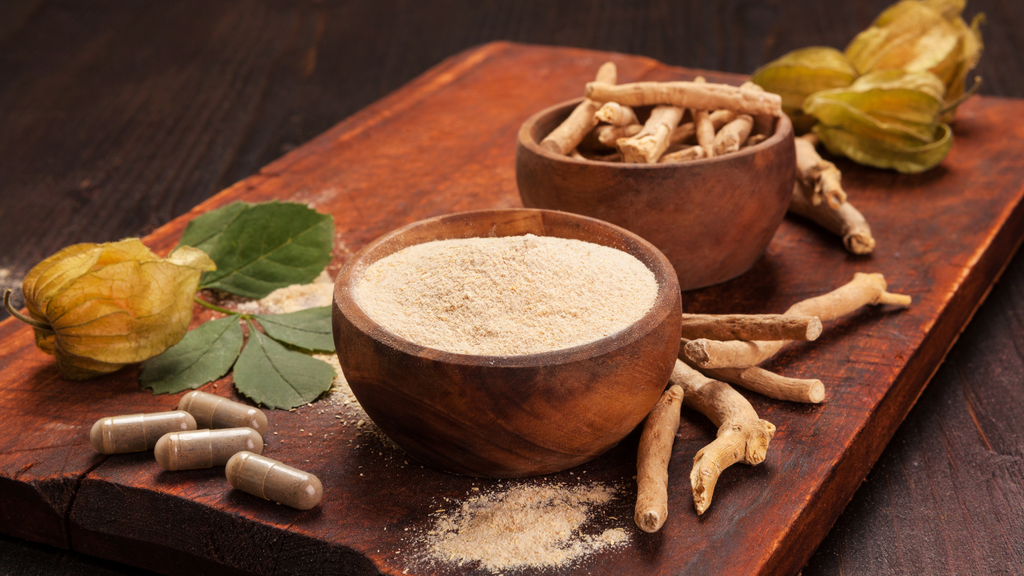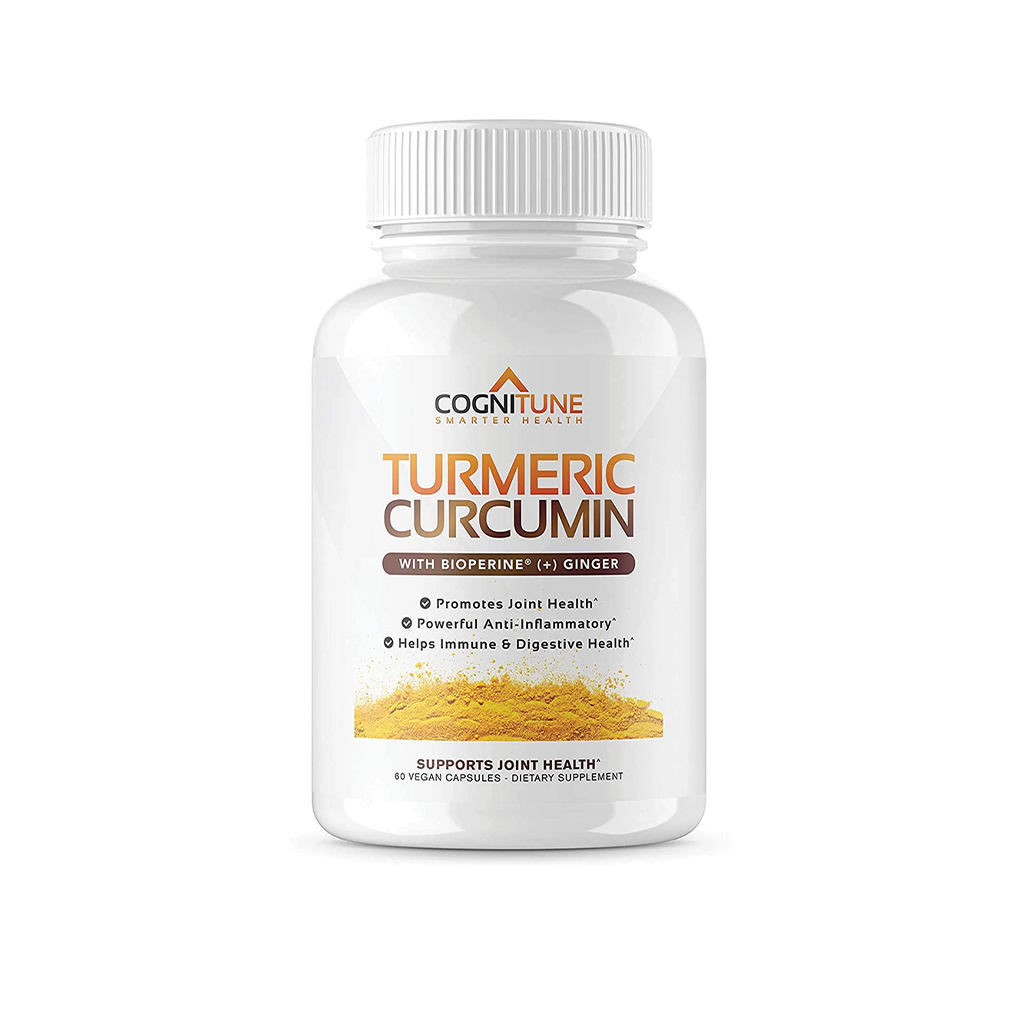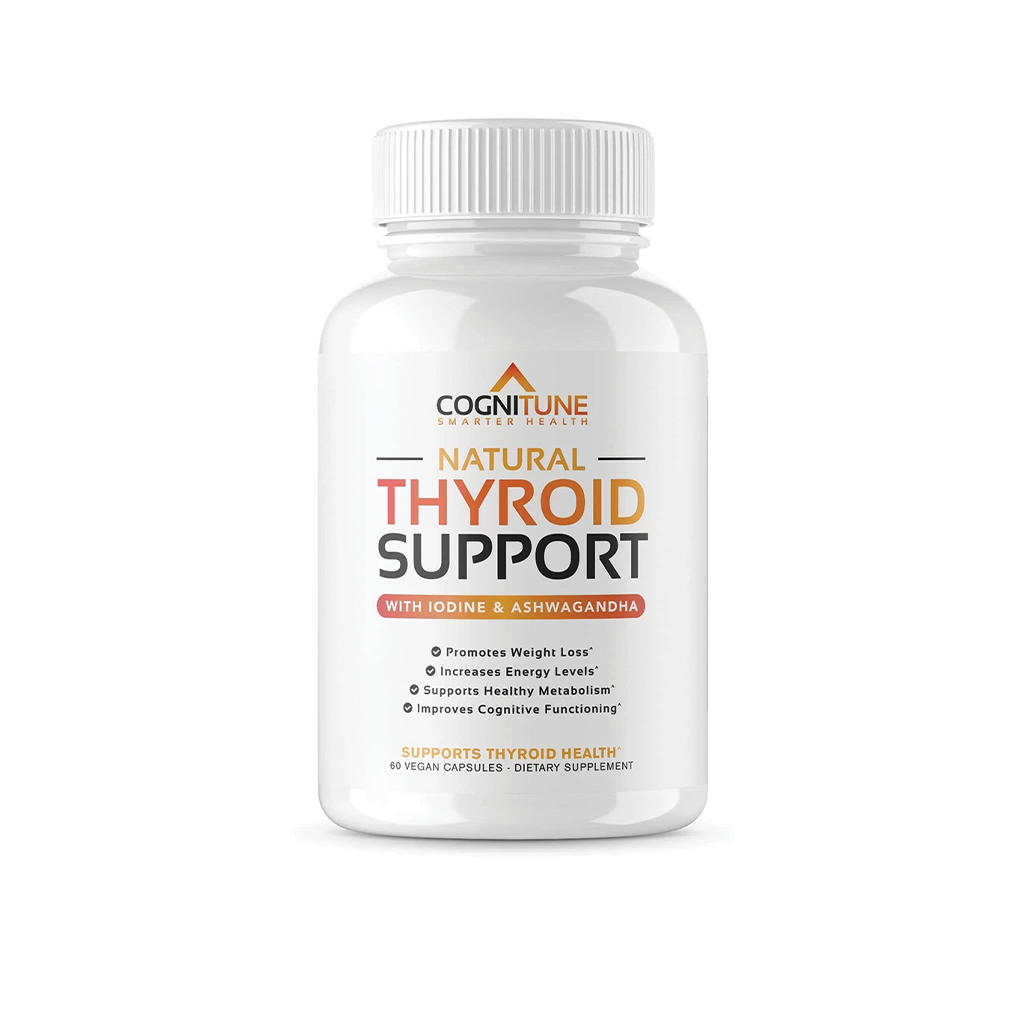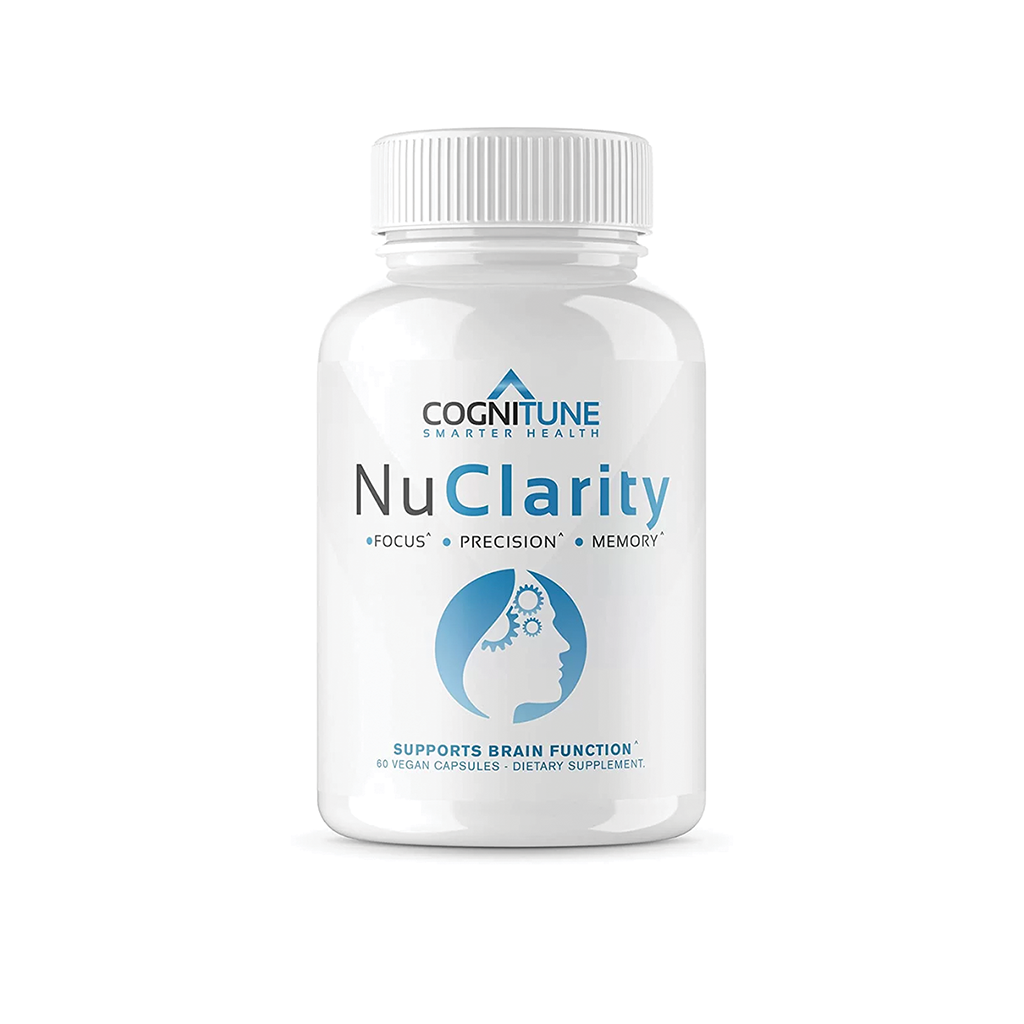Scientifically Explained: The Top 10 Herbal Supplements Trending in 2024 for Optimal Health

In the dynamic landscape of health and wellness, the quest for natural remedies has surged, driving the popularity of herbal supplements to new heights. As we navigate the abundance of options available, it becomes imperative to discern the scientifically validated from the merely trending. In this article, we delve into the top 10 herbal supplements making waves in 2024, offering a comprehensive scientific analysis to empower us in the pursuit of optimal health.
Ashwagandha (Withania somnifera)

Ashwagandha, classified as an adaptogen, exerts its effects by modulating the body's stress response system, particularly the hypothalamic-pituitary-adrenal (HPA) axis. Active compounds such as withanolides interact with receptors in the brain, including gamma-aminobutyric acid (GABA) receptors, resulting in anxiolytic and calming effects. Additionally, ashwagandha enhances the activity of antioxidant enzymes, such as superoxide dismutase (SOD) and catalase, thereby mitigating oxidative stress-induced damage. Furthermore, it promotes the synthesis of brain-derived neurotrophic factor (BDNF), facilitating neurogenesis and synaptic plasticity, which are essential for cognitive function and mood regulation.
Turmeric (Curcuma longa)

Curcumin, the primary bioactive compound in turmeric, exerts its anti-inflammatory effects by inhibiting multiple inflammatory pathways, including the JNF-κB pathway and reduction of pro-inflammatory cytokines. Moreover, curcumin enhances the activity of endogenous antioxidant enzymes and scavenges free radicals, thereby attenuating oxidative stress-induced cellular damage. Furthermore, it modulates signaling pathways involved in cell proliferation and apoptosis, exerting anticancer effects. Additionally, curcumin enhances the expression of neurotrophic factors, such as BDNF, promoting neuronal survival and synaptic plasticity.
Elderberry (Sambucus nigra)

Elderberry contains a high concentration of flavonoids, particularly anthocyanins, which exhibit potent antiviral effects by inhibiting viral attachment and entry into host cells. Moreover, elderberry stimulates the production of cytokines, such as interferons and interleukins, which play a crucial role in orchestrating immune responses against viral infections. Additionally, elderberry modulates immune cell activity, enhancing phagocytosis and natural killer (NK) cell-mediated cytotoxicity. Furthermore, elderberry possesses antioxidant properties, mitigating oxidative stress-induced cellular damage and inflammation associated with viral infections.
Shilajit (Asphaltum)

Shilajit contains a complex mixture of bioactive compounds, including fulvic acid, dibenzo-α-pyrones, and trace minerals, which collectively contribute to its health-promoting effects. Fulvic acid enhances mitochondrial function by facilitating electron transport chain activity and ATP synthesis, thereby increasing cellular energy production. Moreover, shilajit exhibits antioxidant properties, scavenging free radicals and protecting against oxidative stress-induced cellular damage. Additionally, it modulates signaling pathways involved in inflammation and apoptosis, exerting anti-inflammatory and anti-apoptotic effects.
Ginseng (Panax spp.)

Ginsenosides, the primary bioactive compounds in ginseng, interact with various receptors and signaling pathways in the body, exerting adaptogenic effects. They modulate the activity of the HPA axis, regulating cortisol levels and enhancing stress resilience. Moreover, ginsenosides enhance cellular energy metabolism by increasing ATP production and improving mitochondrial function. Additionally, ginseng exhibits antioxidant properties, scavenging free radicals and reducing oxidative stress-induced cellular damage. Furthermore, it modulates immune cell activity, enhancing immune responses against pathogens and promoting overall immune function.
Holy Basil (Ocimum sanctum)

Holy basil contains bioactive compounds such as eugenol, rosmarinic acid, and flavonoids, which exhibit adaptogenic, anti-inflammatory, and antioxidant effects. Eugenol, in particular, interacts with receptors in the brain, including GABA receptors, exerting anxiolytic and stress-relieving effects. Moreover, holy basil modulates the activity of the HPA axis, regulating cortisol levels and enhancing stress resilience. Additionally, it inhibits the production of pro-inflammatory cytokines and mediators, thereby attenuating inflammation and oxidative stress-induced cellular damage. Furthermore, holy basil enhances antioxidant enzyme activity, scavenging free radicals and reducing oxidative stress.
Rhodiola (Rhodiola rosea)

Rhodiola contains bioactive compounds such as salidroside and rosavin, which exert adaptogenic effects by modulating the activity of the HPA axis and regulating cortisol levels. Salidroside enhances cellular energy metabolism by increasing ATP production and improving mitochondrial function, thereby enhancing physical and mental performance. Moreover, rhodiola exhibits antioxidant properties, scavenging free radicals and reducing oxidative stress-induced cellular damage. Additionally, it modulates neurotransmitter activity in the brain, enhancing mood stability and cognitive function.
Milk Thistle (Silybum marianum)

Milk thistle contains a flavonoid complex known as silymarin, which exerts hepatoprotective effects by inhibiting oxidative stress-induced liver damage. Silymarin scavenges free radicals and enhances the activity of antioxidant enzymes, such as SOD and glutathione peroxidase, thereby reducing oxidative stress. Moreover, it modulates inflammatory signaling pathways, inhibiting the production of pro-inflammatory cytokines and mediators. Additionally, milk thistle promotes liver repair by stimulating protein synthesis and inhibiting fibrogenesis.
Ginkgo Biloba (Ginkgo biloba)

Ginkgo biloba contains bioactive compounds such as flavonoids and terpenoids, which exert neuroprotective effects by enhancing cerebral blood flow and oxygenation. Flavonoids scavenge free radicals and inhibit lipid peroxidation, reducing oxidative stress-induced neuronal damage. Moreover, ginkgo biloba modulates neurotransmitter activity in the brain, enhancing cognitive function and memory. Additionally, it inhibits platelet aggregation and promotes vasodilation, improving blood circulation and cardiovascular health.
Echinacea (Echinacea spp.)

Echinacea contains bioactive compounds such as polysaccharides and alkamides, which stimulate immune cell activity and enhance host defense mechanisms against infections. Polysaccharides modulate cytokine production, enhancing the proliferation and activity of immune cells such as T cells and macrophages. Moreover, echinacea inhibits viral attachment and entry into host cells, exerting antiviral effects against respiratory pathogens. Additionally, it exhibits anti-inflammatory properties, reducing inflammation associated with infections and promoting tissue repair.
In summary, each of the top 10 herbal supplements trending in 2024 exerts its health benefits through distinct mechanisms of action, supported by scientific evidence. By understanding the underlying mechanisms, individuals can make informed decisions regarding their use and integration into their wellness routine.
Sources:
AdaptogenRay, et al., (2021)
https://www.sciencedirect.com/science/article/abs/pii/B9780128210383000161
Ashwagandha, stress response
Majeed, et al., (Oct 2023)
https://journals.lww.com/md-journal/fulltext/2023/10130/a_standardized_ashwagandha_root_extract_alleviates.42.aspx#:~:text=K%2C%20Mundkur%20L.-,A%20standardized%20Ashwagandha%20root%20extract%20alleviates%20stress%2C%20anxiety%2C%20and%20improves,102%3A41(e35521)
Whitanolide
Dhar, et al., (Nov 2015)
https://www.frontiersin.org/journals/plant-science/articles/10.3389/fpls.2015.01031/full
Ashwagandha, cognitive function
Konar, et al., (Nov 2011)
https://www.ncbi.nlm.nih.gov/pmc/articles/PMC3214041/
Turmeric, JNK/NF-kB pathway
Sadeghi, et al., (Oct 2018)
https://pubmed.ncbi.nlm.nih.gov/29644554/
Turmeric, anti-inflammatory
Peng, et al., (Nov 2021)
https://www.ncbi.nlm.nih.gov/pmc/articles/PMC8572027/
Turmeric, cytokine reduction
Coury, et al., (Apr 2021)
https://pubmed.ncbi.nlm.nih.gov/30486657/
Turmeric, antioxidant enzymes
Lin, et al., (May 2019)
https://pubmed.ncbi.nlm.nih.gov/31112588/
Turmeric, oxidative stress
Srivastava, et al., (Oct 2016)
https://link.springer.com/article/10.1007/s10787-016-0289-9
Turmeric, synaptic plasticity
Mohammadi, et al., (Apr 2019)
https://www.sciencedirect.com/science/article/pii/S0955286318307010?via%3Dihub
Elderberry, anthocyanins
Pahlke, et la., (Sep 2021)
https://pubmed.ncbi.nlm.nih.gov/34212508/
Elderberry, antiviral
Mocanu, et al., (Mar 2022)
https://www.ncbi.nlm.nih.gov/pmc/articles/PMC8948669/
Elderberry, immune response
Torabian, et al., (Mar 2019)
https://www.sciencedirect.com/science/article/abs/pii/S1756464619300313
Elderberry, immune cell activity
Todorova, et al., (2020)
http://www.bcc.bas.bg/bcc_volumes/Volume_52_Special_D_2020/BCC-52-D-2020-142-148-Todorova-B24.pdf
Fulvic acid
Winkler and Ghosh, (Sep 2018)
https://www.ncbi.nlm.nih.gov/pmc/articles/PMC6151376/
Dibenzo-α-Pyrones
Mao, et al., (Apr 2014)
https://www.ncbi.nlm.nih.gov/pmc/articles/PMC6271090/
Shilajit, antioxidant
Jafari, et al., (Sep 2019)
https://pubmed.ncbi.nlm.nih.gov/31813884/
Shilajit, anti-inflammatory
Goel, et al., (Apr 1990)
https://pubmed.ncbi.nlm.nih.gov/2345464/
Ginsenosides
Ratan, et al., (Mar 2020)
https://www.ncbi.nlm.nih.gov/pmc/articles/PMC8020288/
Ginseng, HPA axis
Lee and Rhee, (Jan 2017)
https://www.ncbi.nlm.nih.gov/pmc/articles/PMC5628357/
Ginseng, energy metabolism
Shin, et al., (Feb 2020)
https://www.ncbi.nlm.nih.gov/pmc/articles/PMC7070955/
Ginseng, antioxidant
Park, et al., (Jan 2021)
https://www.ncbi.nlm.nih.gov/pmc/articles/PMC7790892/
Ginseng, immune function
Kang and Min (Oct 2012)
https://www.ncbi.nlm.nih.gov/pmc/articles/PMC3659612/
Holy basil, eugenol
Paidi, et al., (Oct 2021)
https://www.ncbi.nlm.nih.gov/pmc/articles/PMC8531902/
Holy basil, bioactive compounds
Baliga, et al., (2013)
https://pubmed.ncbi.nlm.nih.gov/23682780/
Holy basil, stress resilience
Lopresti, et al., (Sep 2022)
https://www.ncbi.nlm.nih.gov/pmc/articles/PMC9524226/
Holy basil, antioxidant
Ponnusam, et al., (Feb 2016)
https://www.ncbi.nlm.nih.gov/pmc/articles/PMC4766851/
Rhodiola, bioactive compounds
Saunders, et al., (Dec 2023)
https://cdnsciencepub.com/doi/10.4141/cjps2013-177
Rhodiola, adaptogenic
Stojcheva and Quintela, (Jun 2022)
https://www.ncbi.nlm.nih.gov/pmc/articles/PMC9228580/
Rhodiola, antioxidant
Kosakowska, et al., (Jul 2018)
https://www.ncbi.nlm.nih.gov/pmc/articles/PMC6099734/
Rhodiola, cognitive
Ma, et al., (Dec 2018)
https://www.frontiersin.org/journals/pharmacology/articles/10.3389/fphar.2018.01415/full
Milk thistle, biochemical profile
Aziz, et al., (Jan 2021)
https://www.ncbi.nlm.nih.gov/pmc/articles/PMC7802570/
Silymarin, antioxidant
Surai, (Mar 2015)
https://www.ncbi.nlm.nih.gov/pmc/articles/PMC4665566/
Silymarin, anti-inflammatory
Surai, et al., (Dec 2023)
https://www.mdpi.com/2076-3921/13/1/98#:~:text=5.-,Silymarin%20and%20Inflammation%3A%20In%20Vitro%20Studies,and%20other%20types%20of%20cells.
Silymarin, liver diseases
Gillessen and Schmidt, (Feb 2020)
https://www.ncbi.nlm.nih.gov/pmc/articles/PMC7140758/
Gingko biloba, bioactive compounds
Biernacka, et al., (May 2023)
https://www.ncbi.nlm.nih.gov/pmc/articles/PMC10222153/
Gingko biloba, flavonoids
Ullah, et al., (Nov 2020)
https://www.ncbi.nlm.nih.gov/pmc/articles/PMC7697716/
Gingko biloba, cognitive
Silberstein, et al., (Aug 2011)
https://www.ncbi.nlm.nih.gov/pmc/articles/PMC3166615/
Gingko biloba, cardiovascular
Silva and Martins, (Jan 2023)
https://www.ncbi.nlm.nih.gov/pmc/articles/PMC9855530/
Echinacea, bioactive compounds
Ahmadi, et al., (Apr 2024)
https://www.mdpi.com/2223-7747/13/9/1235#:~:text=The%20medicinal%20properties%20of%20echinacea,compounds%2C%20polysaccharides%2C%20and%20alkylamides.
Echinacea, polysaccharides
Murphy, et al., (May 2023)
https://www.ncbi.nlm.nih.gov/pmc/articles/PMC10222865/
Echinacea, antiviral
Vimalanathan, et al., (Nov 2022)
https://www.ncbi.nlm.nih.gov/pmc/articles/PMC9694187/
Echinacea, anti-inflammatory
Sharma, et al., (Jun 2009)
https://pubmed.ncbi.nlm.nih.gov/19107735/




